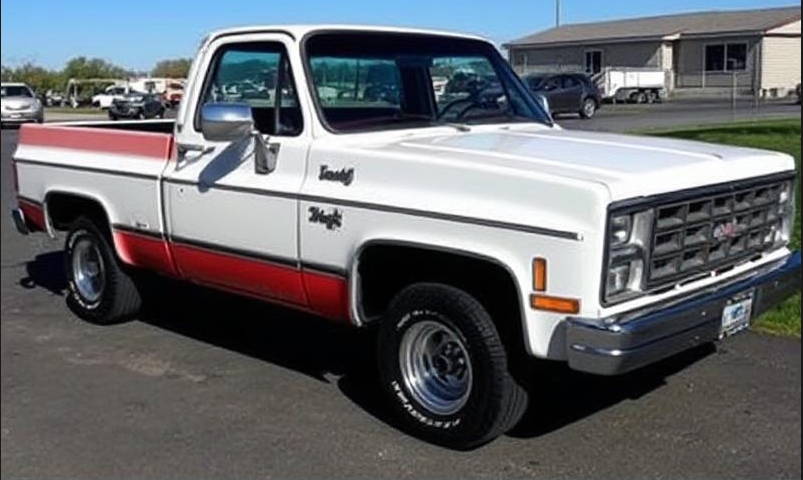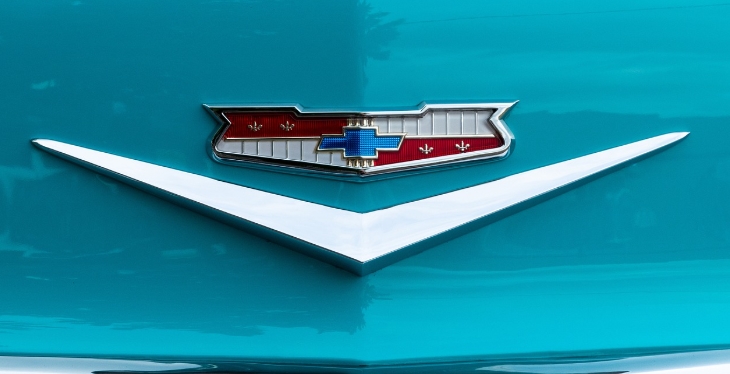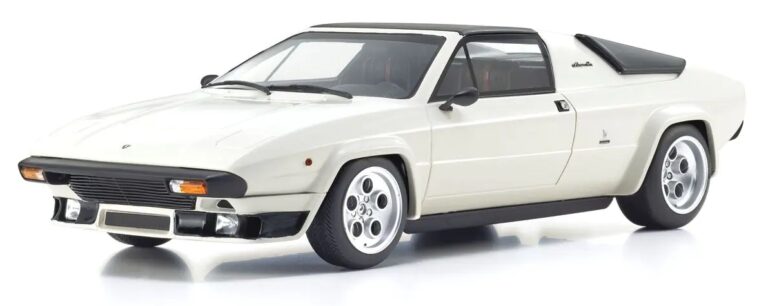The Evolution of the GMC C/K Series Trucks
The GMC C/K series of trucks represents one of the most iconic and enduring lineups in automotive history. Produced from 1960 to 1999, the C/K series encapsulates the evolution of American trucks over several decades, showcasing advancements in technology, design, and consumer preferences. This article will explore the various facets of the GMC C/K series, including the years produced, model variations, and trim levels that contributed to its legacy.
Origins: The Birth of the C/K Series (1960-1966)
The GMC C/K series debuted in 1960 as a successor to the earlier GM truck line. The nomenclature itself was revealing: “C” identified two-wheel drive models, while “K” indicated four-wheel drive variants. The introduction of the C/K series was significant as it marked a departure from the styling of earlier models, embracing a more modern, boxy look that would define trucks in the following decades.
1960-1966 Models:
During the initial years, GMC offered various models under the C/K banner:
- C1500/C2500/C3500: These were the standard two-wheel drive models, suitable for everyday use and light to moderate tasks.
- K1500/K2500/K3500: These were the heavy-duty variants, featuring enhanced suspension systems and increased load capacities.
Trim Levels:
GMC’s trim levels during this early production phase included:
- Base: The entry-level offering with minimal features.
- Sierra: A mid-tier trim that added comfort and convenience features.
- Super: The high-end trim level that featured an upgraded interior and additional options.
Evolution and Innovation (1967-1972)
The late 1960s ushered in a new era of design with the introduction of the second generation of the C/K series in 1967. This generation featured sleeker lines, integrated headlamps, and a more spacious cab that appealed to a broader audience.
1967-1972 Models:
- C/K 10: Offered in half-ton capacities, the C/K 10 provided a balance of power and utility.
- C/K 20: A three-quarter-ton truck designed for heavier workloads.
- C/K 30: The one-ton variant aimed at serious commercial users.
Trim Levels:
For this generation, GMC expanded its trim hierarchy with:
- Sierra: Included amenities like a padded dashboard and upgraded upholstery.
- GMC Custom: A customizable option, allowing buyers more flexibility in choosing amenities and features.
The Popularity Boom (1973-1987)
The third generation that arrived in 1973 coincided with a boom in truck sales in America. This period saw the C/K series cater specifically to the needs of both commercial and private users, with stronger engines and customization options.
1973-1987 Models:
- C/K 10/20/30: Continued the legacy of their predecessors, mainly updated with better fuel economy and engine options.
- C/K Suburban: This model bridged the gap between a truck and a family vehicle, gaining immense popularity.
Trim Levels:
GMC introduced several distinctive trim levels during this time, enhancing their appeal:
- Sierra Classic: An upscale variant of the Sierra that featured enhanced luxury options.
- Bonanza: A trim designed to provide higher-end features, appealing to the consumer seeking comfort.
- Sierra Grande: This high-end variant offered all the luxury options available, turning the truck into a status symbol.
.
**********
Shop Classic Chevy (GMC) Truck Parts at CJ Pony Parts Now!
**********
.
The Modernization Era (1988-1998)
The introduction of the fourth generation in 1988 signified a more refined approach to truck design. The new model boasted increased interior space, a smoother ride, and enhancements in engine technology.
1988-1998 Models:
- C1500 – C3500: Continued versions with various engine choices, ranging from V6s to powerful V8s.
- C/K Blazer: A popular SUV variant of the C/K series that further stretched the versatility of the platform.
Trim Levels:
GMC offered several trim levels, each more luxurious than the last:
- Sierra: Remained the standard offering, now equipped with features like air conditioning and power windows.
- SLE: Short for “Standard Luxury Equipment”, this package focused on comfort and additional tech features.
- SLT: The top-tier luxury trim providing the fullest array of configurational options.
The C/K Legacy (1999-2002)
The C/K series production officially wrapped up in 1999, transitioning into the successor, the GMC Sierra. However, the legacy of the C/K trucks continued to resonate in the truck marketplace.
Final Years (1999-2002):
- C2/K2 Series: As GMC transitioned to the new Sierra design, the final C/K trucks retained many of the classic features while being updated to compete with more modern designs and safety regulations.
Trim Levels:
- Work Truck (WT): A practical, no-frills truck for those looking for utility.
- SLE and SLT: Both trims maintained a sense of comfort and luxury, even into their final iterations.
Conclusion: Legacy and Impact
The GMC C/K series trucks shaped the landscape of American automotive culture, demonstrating adaptability through changing consumer needs. From their humble beginnings in the early 1960s to their transformation in the modern era, each generation brought innovations that catered to evolving demands.
With numerous configurations and trim levels, the C/K series addressed the requirements of both commercial enterprises and everyday users. The models showcased the balance between utility and comfort that has made trucks an enduring choice in the American marketplace. Even after the C/K series transitioned into the GMC Sierra, the influence of these iconic trucks persists in today’s vehicles.
In retrospect, the GMC C/K series trucks stand as a testament to lasting engineering that reflects the social and economic tides of their respective eras, indelibly sculpting the identity of the American pickup truck. Their legacy, bolstered by innovation and consumer-focused design, continues to influence the truck segment, making them foundational to GMC’s image and a beloved classic among enthusiasts.







